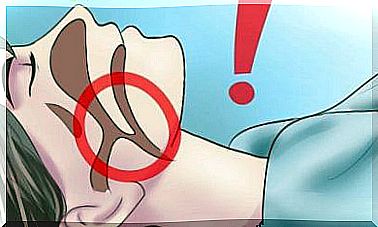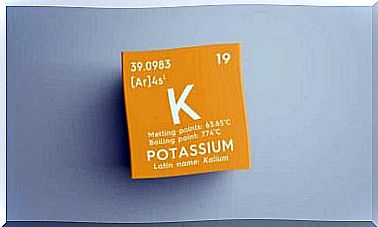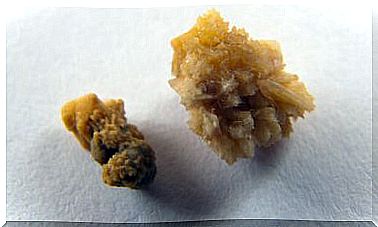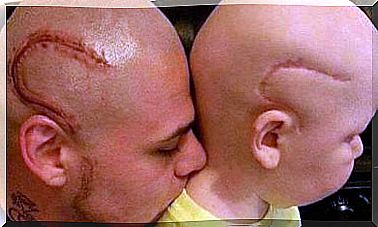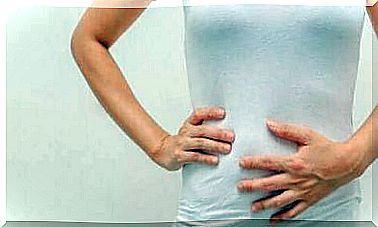Sepsis In Infants And Children: Warning Signs And Symptoms

Sepsis in infants and children is a serious illness that can lead to death in some cases. It is a medical emergency that should be treated as soon as possible as time is of the essence. For this reason, it is very important to know the warning signs of this disease.
Children and adults with weakened immune systems are most at risk. This serious condition is more common in the elderly, those with chronic illnesses, and those who have suffered significant physical trauma.
What is sepsis?
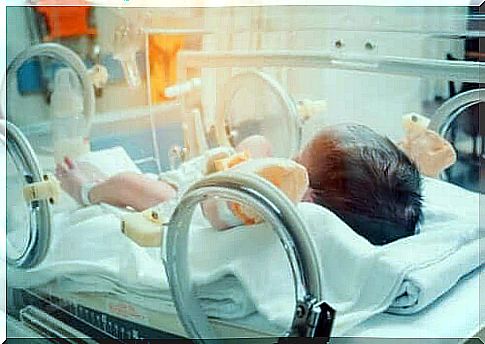
Sepsis is also known as systemic inflammatory reaction syndrome (SIRS). It occurs when the body reacts disproportionately to an infection. While anyone can get SIRS, sepsis in infants and children has certain quirks.
First, it usually causes chemicals to be released into the bloodstream to fight infection. The effect of this is inflammation throughout the body. As a result, tissue and organ damage occurs. This can then lead to dysfunction of multiple organs.
This abnormal response of the immune system affects cardiovascular, neuronal, hormonal, energetic, metabolic and clotting functions. In the most extreme cases, it then leads to death.
Types and forms of presentation
Experts classify sepsis based on its severity, the number of organs affected, and how the body responds to medications prescribed by the doctor. The different types of sepsis that are distinguished are:
- Simple sepsis. If the disease has not damaged any organ.
- Severe sepsis. If at least one organ is affected or if the blood pressure drops significantly, treatment can correct it.
- Septic shock. If there is a significant drop in blood pressure, it should be treated immediately with the appropriate drugs for this purpose (Spanish link).
In the case of diagnosing sepsis in infants and children, this condition is classified into two main types. A distinction is made between:
- Neonatal sepsis. The form that affects babies shortly after birth. It appears up to ninety days after birth. If it occurs in the first few days, it is early onset sepsis.
- Sepsis in older children. This is said to be when the problem develops after babies are three months old.
Warning Signs of Sepsis in Infants and Children

Sepsis in infants and children is a serious health condition that should be treated as soon as possible. The main thing is to contact the doctor immediately. Early detection of this condition often makes the difference between life and death.
We should note that both preterm and low birth weight babies are more likely to have sepsis. The age of the child is also a risk factor .
In most cases, sepsis is preceded by an infection that can occur in the urinary tract (Spanish link), skin, bones, or lungs. The main symptoms include:
- fever or abnormally low temperature.
- fast heartbeat.
- rapid breathing.
- cold hands and feet.
- clammy skin.
- general state of confusion, dizziness and disorientation.
- dyspnea or shortness of breath.
- nausea and vomiting.
Similarly, you should watch out for a series of warning signs (Spanish link). These all indicate a serious condition that a doctor should treat as soon as possible.
If more than one of these signs and symptoms occur at the same time, you should seek immediate medical attention. When the child is weak (Spanish link), feels uncomfortable or seems ill, the diagnosis and management should also be accelerated.
Dry diapers in babies for more than 12 hours is another sign that can indicate sepsis as it indicates dehydration and the body’s increased efforts to retain moisture. This is also associated with a drop in blood pressure and reduced blood flow to the kidneys.
Prevention of sepsis in infants and children
There are two ways to try to prevent sepsis in infants and children. We distinguish between primary and secondary prevention:
- Primary. Immunization using vaccinations.
- Secondary. With long-term antimicrobial prophylaxis (Spanish link) and the administration of antibiotics, antivirals and antifungals, especially to patients with a weakened immune system.
The World Health Organization (WHO) has released a series of recommendations (Spanish link) to help every family avoid sepsis, especially in babies and children. We should also mention that this disease affects three million newborns and 1.2 million older children every year. The main preventive measures include:
- Good hygiene measures.
- Use of clean drinking water.
- Safe food preparation.
- Comply with the mandatory vaccination schedule.
- Keep sanitary facilities in good condition.
As for health personnel, the WHO advises them to adhere to the recommendations for the five moments that require the use of hand hygiene.
Likewise, whenever a patient is treated, they must keep their work environment clean, periodically request infection control equipment, and implement infection prevention protocols.
